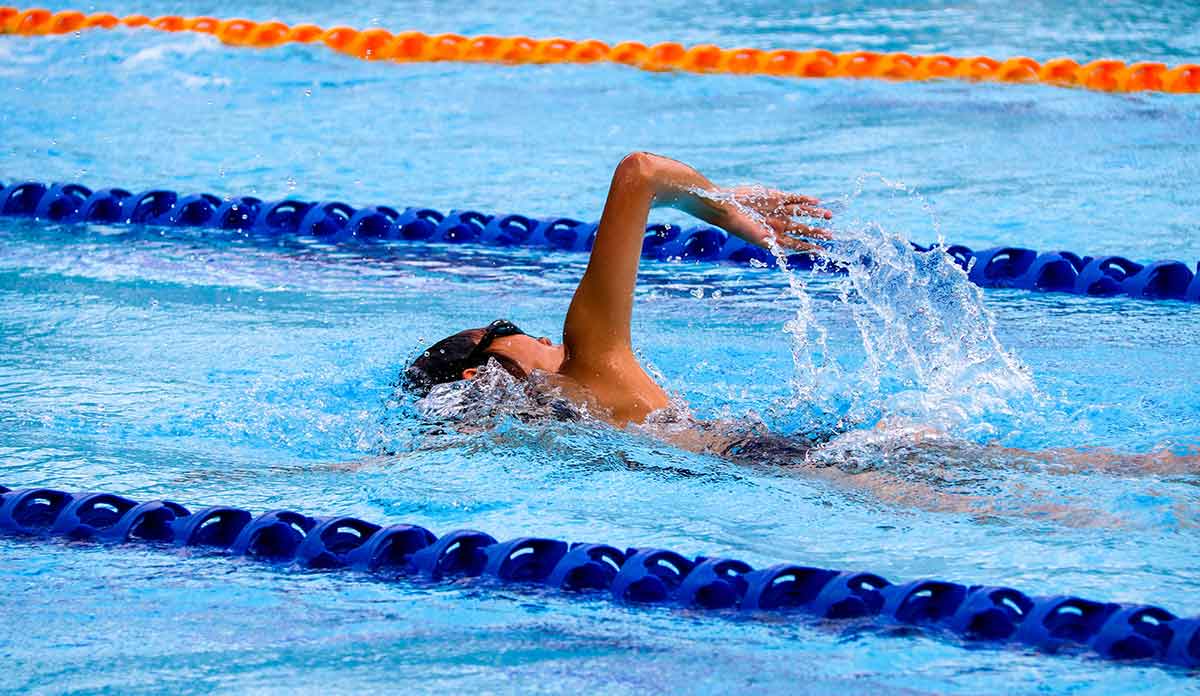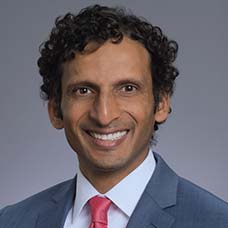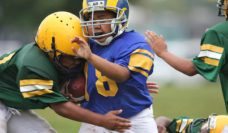Sports participation in younger athletes has evolved over the years from child-driven activities for fun to intense, specialized training, often driven by parents and coaches, with a goal of competing at the collegiate, elite, or professional level. Specialized training is defined by intense, year-round training in a single sport at the exclusion of other sports.
In a study of more than 1200 young athletes across all sports, Jayanthi et al. demonstrated an association between overuse injury and sports specialization. The authors also documented a dose-dependent increase in injury risk for those who have higher degrees of specialization. Moreover, there was an increase in overuse injury for those who train more hours/week than their age (7 hours a week for a seven-year-old), and in those who exceed a 2:1 sports training-to-free play ratio.
More recent data has shown a relationship between socioeconomic status (SES) and overuse injury. Children of parents who have a higher level of education and total household income are more likely to be more highly specialized. As a result, as SES increased, there was proportional increase in overuse injuries. This is thought to be a result of the greater intensity of training and higher degree specialization among the athletes with higher SES status. Further, athletes from higher income families were more likely to participate in individual sports (tennis, swimming), had a ratio of organized sport to free play of greater than 2:1, and spent more months per year in sports.
Young athletes from lower SES families participate in more weekly hours of physical activity than those of higher SES overall, but have lower rates of serious overuse injuries. One speculation is that higher amounts of self-directed free play may play a protective role in preventing overuse injuries. Furthermore, the adult-driven nature of organized sports may foster an environment in which athletes are less likely to report injuries and remove themselves from play out of fear of disappointing parents and coaches.
The opportunity to specialize in youth sports is more readily accessible to athletes who come from higher income families. But these young athletes are at greater risk of developing overuse injuries as a result of the demands associated with specialized training. While there is less access to sports for children of lower SES, those young athletes who do participate seem to exhibit healthier patterns of play. Increasing opportunities to lower SES children in sports may have widespread implications in healthy sports-related physical activity.














